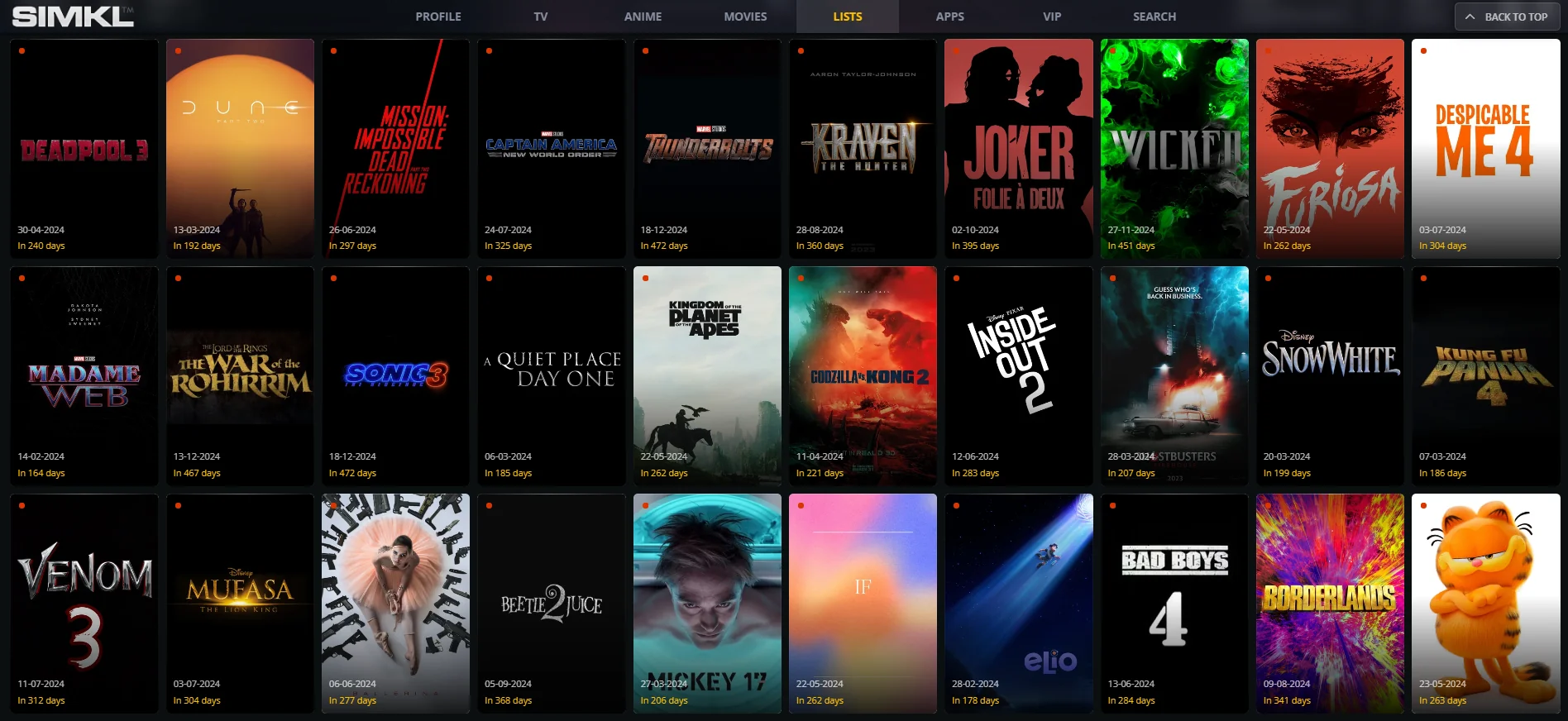In today's competitive marketplace, businesses strive to stand out by offering products and services that not only meet but exceed customer expectations. To achieve this, many turn to design thinking and customer-centric approaches. These methodologies focus on understanding the client deeply, ensuring that every offer is tailored to their needs, desires, and pain points. For businesses aiming to create high-value and high-ticket offers, integrating these approaches can be transformative.
Design thinking is a problem-solving approach that places the end user at the center of the design process. It encourages businesses to think creatively and empathetically to uncover the most effective solutions. Unlike traditional business strategies, which often focus on profitability and efficiency, design thinking emphasizes human-centered design. This method involves several key phases:
Empathize: Understanding the client’s needs, challenges, and goals through research, interviews, and observation.
Define: Clearly articulating the problem or opportunity based on the insights gathered during the empathy phase.
Ideate: Brainstorming potential solutions without the constraints of feasibility or practicality, encouraging creative thinking.
Prototype: Developing tangible solutions that can be tested with real users to gather feedback and refine the idea.
Test: Iteratively testing and improving the prototype based on user feedback until the best solution emerges.
By following this process, businesses can create offers that resonate deeply with their clients, ensuring that the products or services are not only desirable but also highly valuable.
The Importance of Customer-Centricity
A customer-centric approach goes hand in hand with design thinking. It involves understanding and prioritizing the customer’s perspective throughout the entire business process. In the context of creating high-value and high-ticket offers, this means consistently aligning your product or service with the specific needs and preferences of your target audience.
Customer-centricity is about more than just delivering good customer service; it’s about embedding the customer's voice into every decision. This approach requires businesses to:
Listen Actively: Engage with clients regularly to understand their evolving needs, challenges, and aspirations.
Personalize Experiences: Tailor offerings to meet the unique requirements of individual clients, enhancing their overall experience.
Value Feedback: Encourage and act on client feedback to continuously improve your offerings.
Build Relationships: Foster strong, long-term relationships with clients based on trust and mutual respect.
By embracing customer-centricity, businesses can develop a deeper understanding of their clients, which is crucial for creating offers that truly meet their needs and command higher prices.
Integrating Design Thinking with Customer-Centricity
When design thinking is combined with a customer-centric approach, businesses can create high-value, high-ticket offers that are both innovative and deeply aligned with client needs. The following strategies highlight how to integrate these methodologies effectively:
Deep Client Research
The foundation of any successful high-ticket offer lies in understanding your clients at a granular level. This involves conducting in-depth research, including interviews, surveys, and focus groups, to gather insights into their needs, pain points, and aspirations. Through empathy, you can uncover the underlying challenges that your clients face, which will inform the development of your offer.
Co-Creation with Clients
Involving clients in the creation process can lead to more effective and valuable offers. By inviting them to participate in brainstorming sessions or prototype testing, you can ensure that your solutions are directly aligned with their needs. This collaborative approach not only enhances the value of your offer but also builds stronger relationships with clients, who feel valued and heard.
Prototyping and Testing
Design thinking emphasizes the importance of prototyping and testing solutions with real users. For high-ticket offers, this might involve developing a minimum viable product (MVP) or a pilot program that can be tested with a select group of clients. Gathering feedback during this phase is crucial, as it allows you to refine the offer based on real-world insights, ensuring that the final product is both effective and desirable.
Iterative Improvement
Creating high-value offers is an ongoing process that requires continuous refinement. By adopting an iterative approach, you can make incremental improvements based on client feedback and market changes. This flexibility ensures that your offer remains relevant and valuable over time, allowing you to command higher prices and maintain a competitive edge.
Personalization at Scale
While personalization is a key component of a customer-centric approach, scaling it can be challenging, especially for high-ticket offers. However, with the right tools and strategies, businesses can deliver personalized experiences to a broad audience. This might involve segmenting your client base and tailoring offers to specific groups or leveraging technology to automate personalized interactions. The goal is to make each client feel that the offer is uniquely designed for them, enhancing its perceived value.
Storytelling and Value Communication
Once your high-value offer is developed, effectively communicating its value is essential for attracting clients. Storytelling is a powerful tool in this regard, as it allows you to connect with clients on an emotional level. By sharing the story behind your offer—how it was developed with the client in mind, the problems it solves, and the value it delivers—you can create a compelling narrative that resonates with your audience. This narrative should be woven into your marketing materials, sales pitches, and client interactions to reinforce the value of your offer.
Building Trust and Credibility
High-ticket offers require a high level of trust and credibility. Clients need to feel confident that your offer will deliver on its promises and provide significant value. Building this trust requires transparency, consistency, and proof of success. This might involve sharing case studies, client testimonials, or data-driven results that demonstrate the effectiveness of your offer. Additionally, maintaining open communication and delivering exceptional service throughout the client journey will reinforce trust and encourage long-term relationships.
Leveraging Technology for Enhanced Client Experience
Technology plays a crucial role in both design thinking and customer-centricity, particularly in the creation of high-value offers. By leveraging tools such as customer relationship management (CRM) systems, data analytics, and AI-driven insights, businesses can gain a deeper understanding of their clients and deliver more personalized and relevant offers. Additionally, technology can streamline processes, improve efficiency, and enhance the overall client experience, making your high-ticket offer even more attractive.
Scalability and Sustainability
While high-ticket offers are often associated with exclusivity, it’s important to consider scalability and sustainability in your business model. This means designing offers that can be scaled to meet increasing demand without compromising on quality or value. It also involves ensuring that your business can sustain the delivery of high-value services over the long term. By planning for scalability and sustainability from the outset, you can maximize the impact and profitability of your high-ticket offers.
Creating high-value and high-ticket offers that truly meet the needs of your clients requires a deep commitment to design thinking and customer-centricity. By understanding your clients, involving them in the creation process, and continuously refining your offer based on feedback, you can develop solutions that are not only innovative but also deeply aligned with client needs. This approach not only enhances the value of your offer but also builds lasting relationships with clients, ultimately driving business success. As you integrate these methodologies into your business strategy, you will be well-positioned to create offers that command higher prices, deliver exceptional value, and set you apart from the competition.
FAQ: Creating High-Value and High-Ticket Offers Using Design Thinking and Customer-Centric Approaches
What is design thinking, and how does it relate to creating high-value offers?
Design thinking is a problem-solving approach that focuses on understanding the end user’s needs, challenges, and goals. It involves empathizing with the client, defining the problem, ideating solutions, prototyping, and testing. By centering the design process on the client, businesses can create high-value offers that are innovative and aligned with what clients truly need.
How can customer-centricity help in developing high-ticket offers?
Customer-centricity means putting the customer’s needs, preferences, and experiences at the heart of your business decisions. By actively listening to clients, personalizing their experiences, valuing their feedback, and building strong relationships, you can create high-ticket offers that resonate deeply with them and justify a higher price point.
How do I conduct client research for creating high-value offers?
Client research involves engaging with your clients through interviews, surveys, and focus groups to understand their specific needs, pain points, and goals. This research helps in gathering valuable insights that inform the design of your high-value offer, ensuring it is tailored to meet the exact demands of your target audience.
What is co-creation, and why is it important for high-ticket offers?
Co-creation involves involving your clients in the development process of your offers. By inviting them to participate in brainstorming sessions or prototype testing, you ensure that the solutions you create are directly aligned with their needs. This collaborative approach not only enhances the value of your offer but also builds stronger relationships with your clients.
Why is prototyping and testing crucial in the design thinking process?
Prototyping and testing allow you to develop and refine your offer based on real user feedback. For high-ticket offers, creating a minimum viable product (MVP) or a pilot program and testing it with a select group of clients can provide valuable insights. These insights help you make necessary adjustments to ensure that your final offer is effective, desirable, and meets client expectations.
How can I continuously improve my high-value offers?
Continuous improvement is key to maintaining the relevance and value of your high-ticket offers. This involves adopting an iterative approach, where you make incremental improvements based on client feedback and changes in the market. Regularly refining your offer ensures it remains competitive and aligned with your clients’ evolving needs.
What role does personalization play in customer-centric offers?
Personalization is critical in making clients feel that your high-ticket offer is uniquely designed for them. By segmenting your client base and tailoring offers to specific groups or using technology to automate personalized interactions, you can enhance the perceived value of your offer, making it more appealing and justifying a higher price.
How do I effectively communicate the value of my high-ticket offer?
Effective value communication involves using storytelling to connect with your clients on an emotional level. Sharing the story behind your offer, how it was developed with the client in mind, and the problems it solves creates a compelling narrative. This narrative should be consistently reinforced through your marketing, sales, and client interactions to highlight the offer’s value.
How can I build trust and credibility with clients for high-ticket offers?
Building trust and credibility requires transparency, consistency, and proof of success. Sharing case studies, client testimonials, or data-driven results that demonstrate your offer’s effectiveness can establish credibility. Additionally, maintaining open communication and delivering exceptional service throughout the client journey helps build trust and fosters long-term relationships.
What technologies can enhance the client experience for high-ticket offers?
Technologies such as customer relationship management (CRM) systems, data analytics, and AI-driven insights can help you gain a deeper understanding of your clients and deliver more personalized offers. Additionally, these tools can streamline processes, improve efficiency, and enhance the overall client experience, making your high-ticket offer even more attractive.
How can I ensure my high-ticket offers are scalable and sustainable?
Scalability and sustainability are essential for long-term success. Design your offers so they can be scaled to meet increasing demand without compromising on quality. Planning for scalability involves considering how to maintain the delivery of high-value services as your business grows, ensuring that your offers continue to provide exceptional value over time.
Why is combining design thinking and customer-centricity important for creating high-ticket offers?
Combining design thinking and customer-centricity ensures that your high-ticket offers are both innovative and deeply aligned with client needs. Design thinking provides a structured approach to problem-solving, while customer-centricity ensures that the solutions you develop are relevant and valuable to your clients. Together, these approaches enable you to create offers that command higher prices and deliver exceptional value.


















